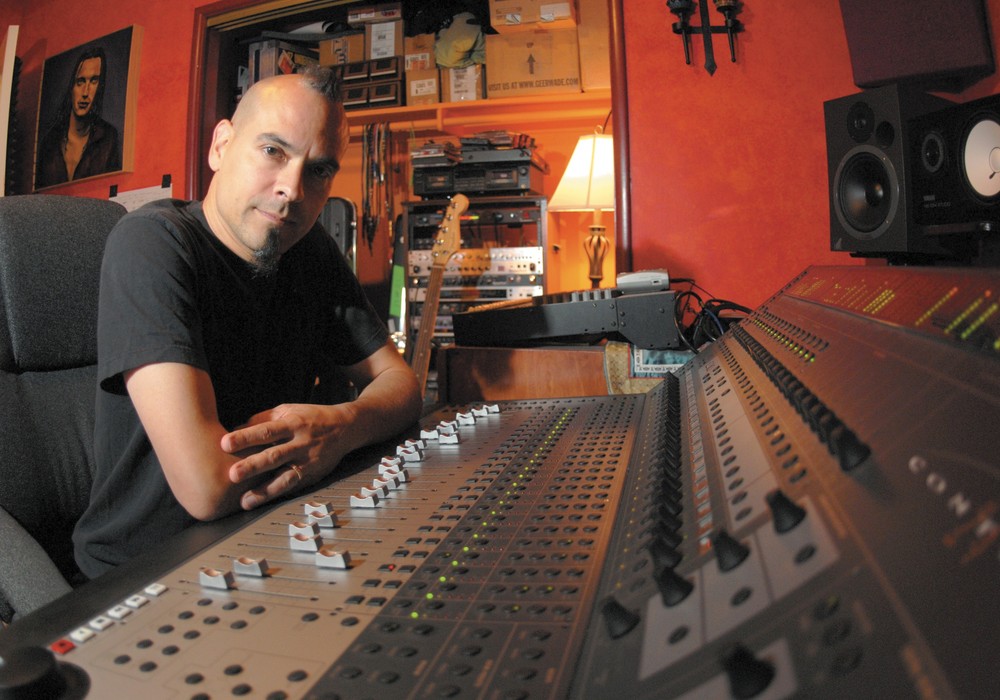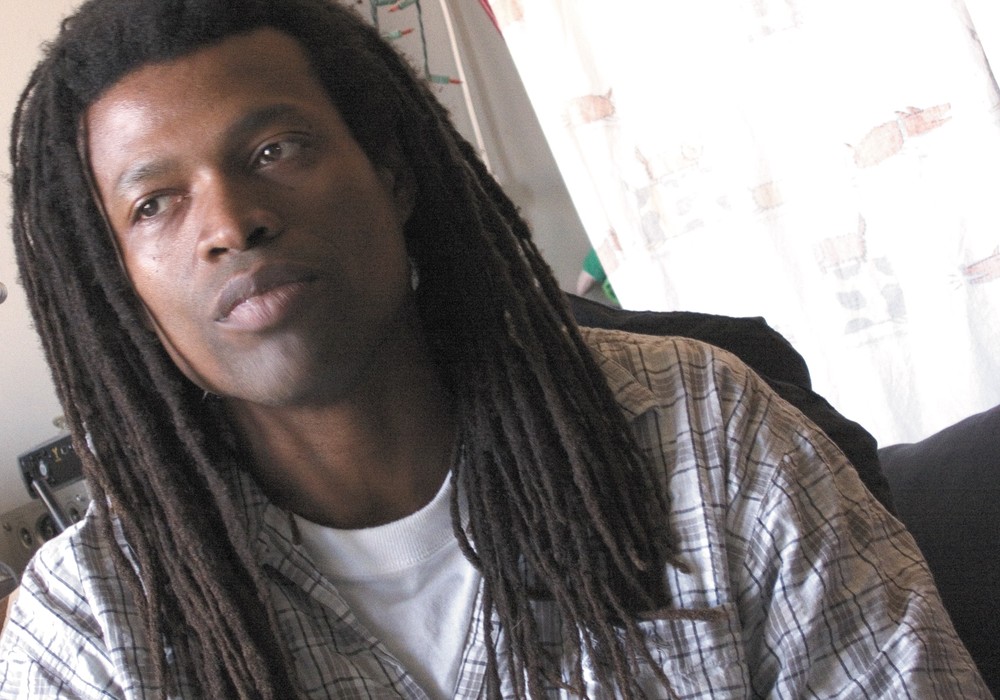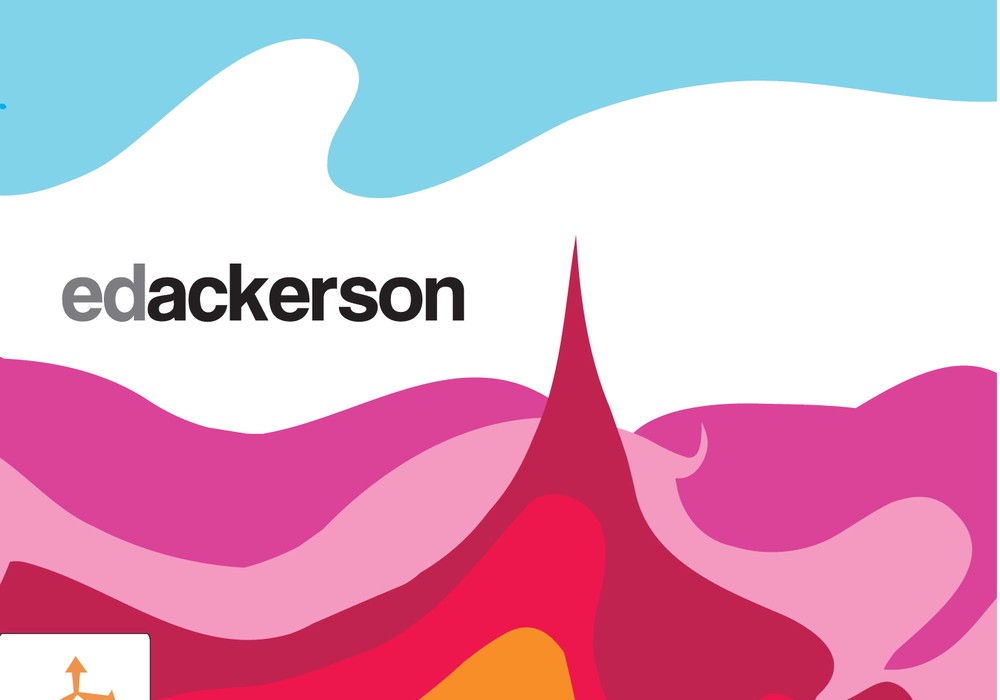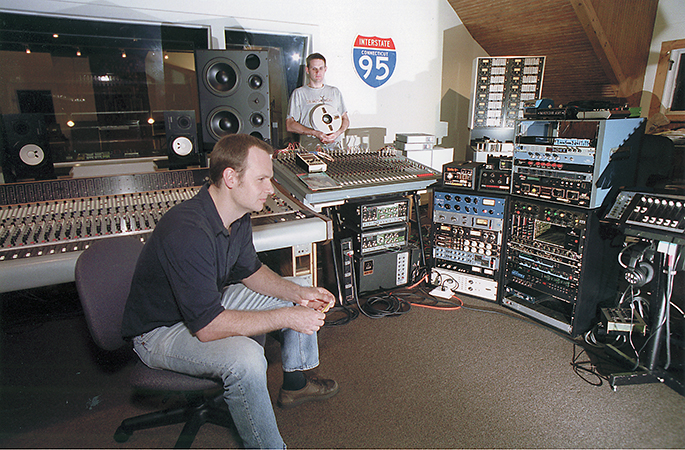 People often write Tape Op asking how recording engineers start working in the field, and how they develop their own studios. With his obsessive, old-fashioned work ethic, Peter Katis almost makes the process seem obvious. Tarquin Studios, named for his younger brother who joined us for the interview, has moved from the Katis family basement to the top of a house of its own. Along the way Peter has worked with musicians ranging from Mercury Rev (who love his old keyboards) to The Get Up Kids, from Guster to the Raymond Scott Orchestrette, from Oneida to Alex Blake. Producers like Scott Litt [Tape Op #81] and Eric Drew Feldman have joined him behind his mixing board. He and Tarquin still play in three bands, the Philistines Jr., the Happiest Guys in the World and the Zambonis, and they both also skate on the ice hockey team of the legendary New York studio the Hit Factory.
People often write Tape Op asking how recording engineers start working in the field, and how they develop their own studios. With his obsessive, old-fashioned work ethic, Peter Katis almost makes the process seem obvious. Tarquin Studios, named for his younger brother who joined us for the interview, has moved from the Katis family basement to the top of a house of its own. Along the way Peter has worked with musicians ranging from Mercury Rev (who love his old keyboards) to The Get Up Kids, from Guster to the Raymond Scott Orchestrette, from Oneida to Alex Blake. Producers like Scott Litt [Tape Op #81] and Eric Drew Feldman have joined him behind his mixing board. He and Tarquin still play in three bands, the Philistines Jr., the Happiest Guys in the World and the Zambonis, and they both also skate on the ice hockey team of the legendary New York studio the Hit Factory.
In 1987, Peter bought his first cassette 4-track, "Tascam Porta Studio, like everyone. I bought the 4- track to record our band," then called Philistines. "I got a few [ShureSM]57s and a 58 - I got an AKG D112 and I said, 'Which end does the sound go into?' It's got holes on both sides. Someone said, 'Oh it doesn't matter, either side.' I used it backwards for the first several months. The next machine I bought, the first professional machine, was an Otari MX-7800, a 1" 8- track — huge, like a washing machine. In hindsight, I wish I hadn't sold it."
When they only had their cassette 4-track, the Philistines initially tried recording in a studio. Peter says, "We went and recorded with someone who had a semi-pro setup, which was actually a 1/2" 8-track, in Greenwich, CT. It wasn't good. He wasn't especially that good at what he did, maybe we just weren't that good either. We just wanted to do it ourselves. I think that's why most people learn about recording, so they can record themselves the way they want." Tarquin adds, "being control freaks, we wanted to control all aspects of what we did: the music, the recording, whatever artwork there was gonna be."
Gradually Peter became an engineer. "More and more of my friends started asking me to help them record their band, mix, this and that. One time this guy said to me, 'Why don't you become an engineer, because you're really good at this.' And I went, 'Wow, that's the strangest thing I've ever heard. That would be really fun.' It still seemed like too crazy an idea to actually pursue, and I sort of started pursuing it. When I graduated college, I took a class — Intro to Studio Production. For the lab portion, you could record whomever you wanted, so let's record my band. I think several of those songs ended up on our first record," 1990's Greenwich CT. "I had taken those classes and I just tried really hard. Booked time in the studio, was really confused, and just forced myself to figure stuff out."
"I feel like I paid my dues as an assistant engineer at big studios in New York, and that's hard work. You learn a lot, but you also take out a lot of garbage and do a lot of really embarrassing stuff, and people treat you like you're a real bozo. I wasn't an annoying assistant, I was a good assistant I think, but I definitely asked a lot of questions. You have to know how to time questions. I learned my recording skills at a Japanese studio called Daiichi Kosho, DK Studios in Manhattan, which was the old Sigma Studios. They recorded karaoke music." Tarquin explains, "it was a perfect environment to learn engineering and production. You take the most famous recording in the world, and it's an exercise in recreating the production. It isn't the most artistic thing, but in terms of purely learning the craft of engineering, that's a good way." Peter continues, "all the engineers, producers, and musicians thought of it as a total joke, but it was a great studio. It was all the best gear, but making this horrible music."
"I got an apartment in Brooklyn. Next thing I knew, I would always be recording at my parents' house in Connecticut. I said, 'Forget it, I'm just moving back home and saving all my money.' For 6 years I just saved every cent I earned. I was not a fun guy. I did not go out a lot." In 1991, "I bought an AKG 414. I bought a pair of AKG 460s. I had a little Ramsa console that I had for live use. I needed a compressor, so I bought what was available, a UREI 1176 and a pair of LA4s. I think the 1176 was 500 bucks and the LA4s were 450. That's all there was. They were used, but that wasn't like some great deal, either."
"I started working at the studio during the week, and recording people on the weekends. I was working pretty hard. There was this great thing where the more I...
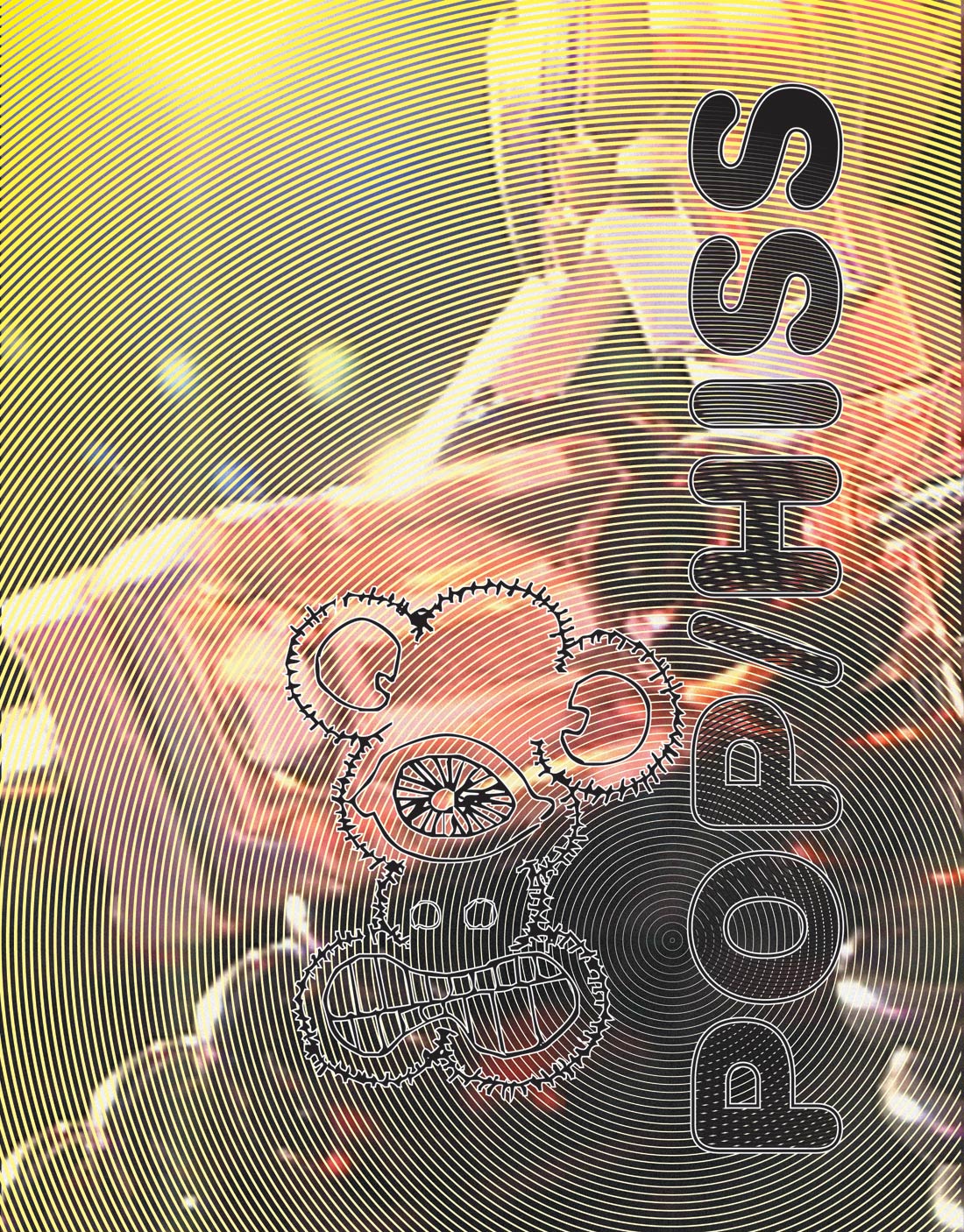

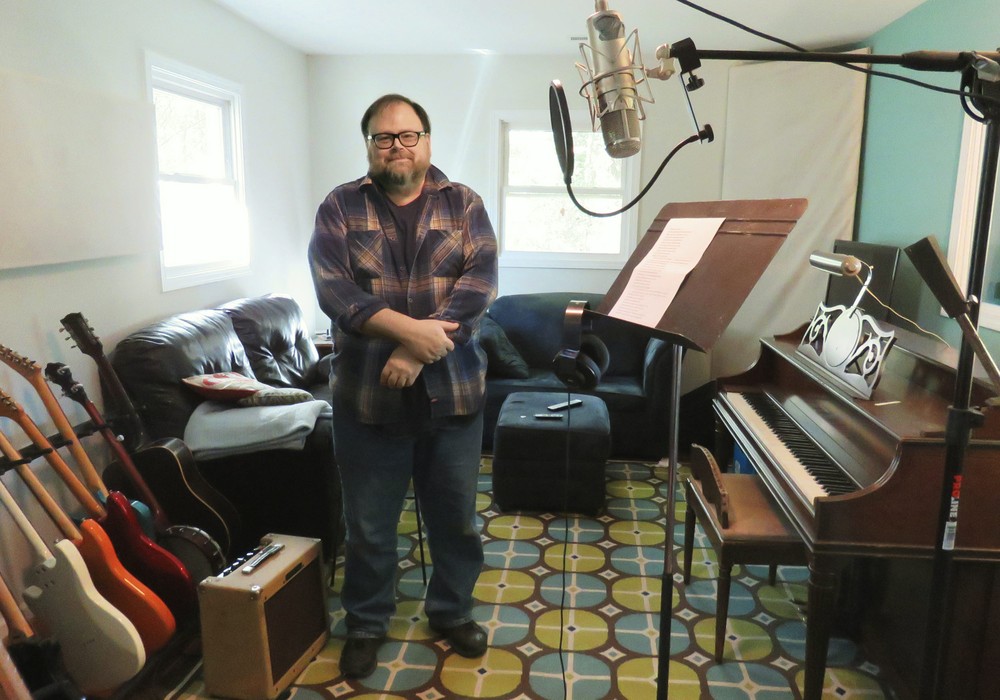
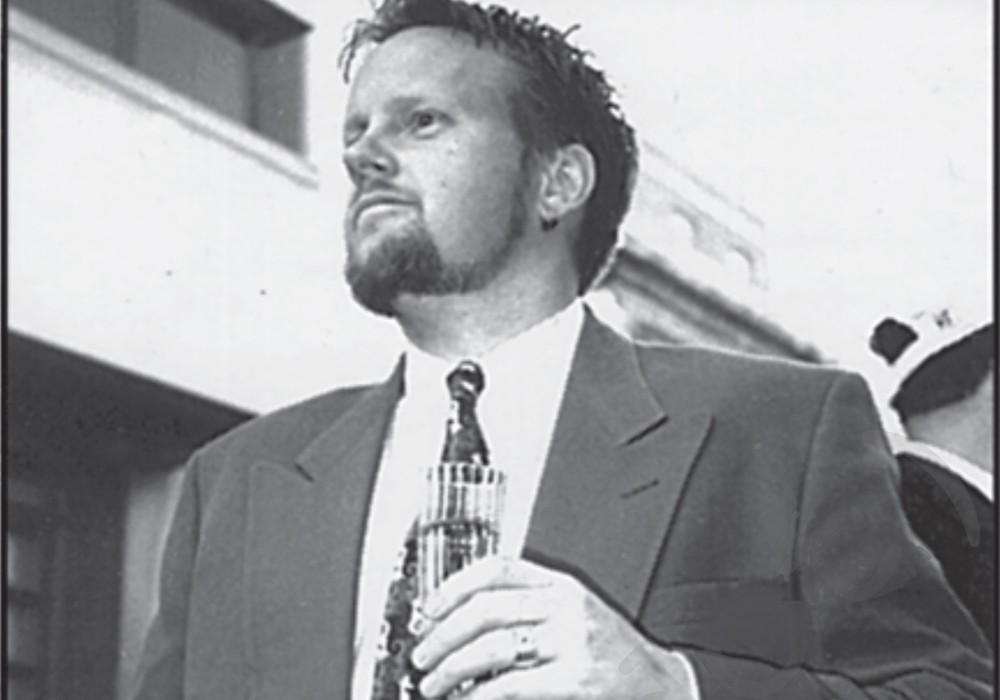
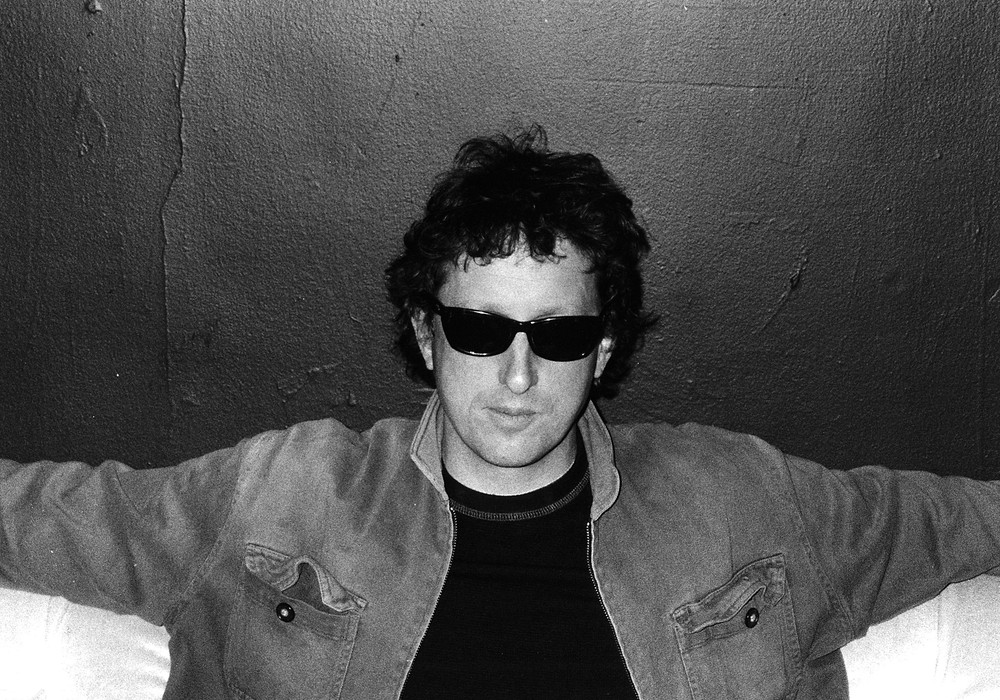
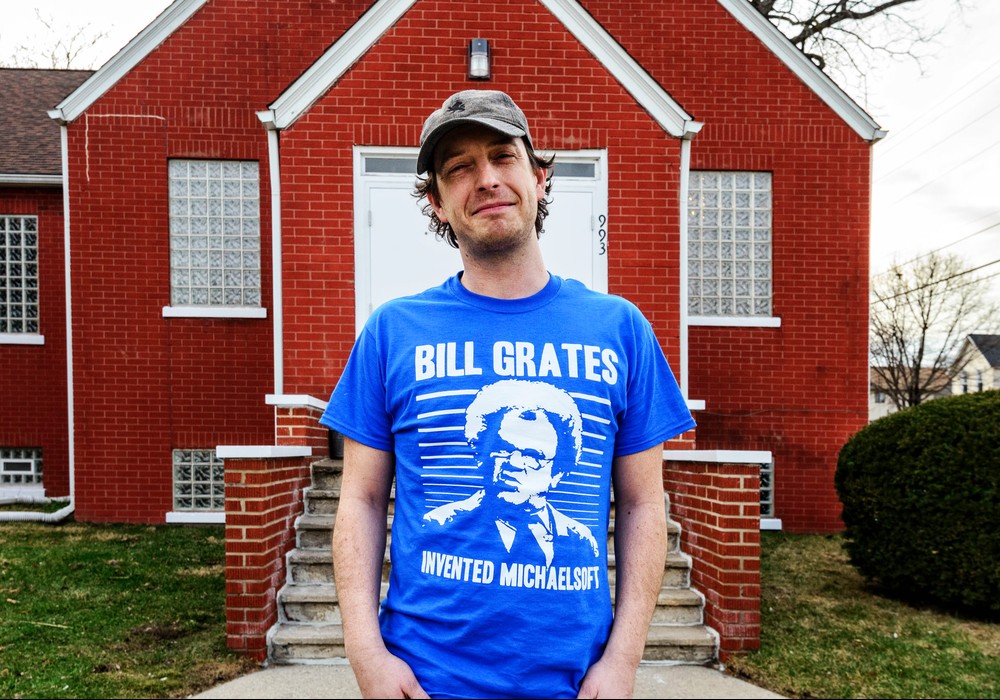
_display_horizontal.jpg)
